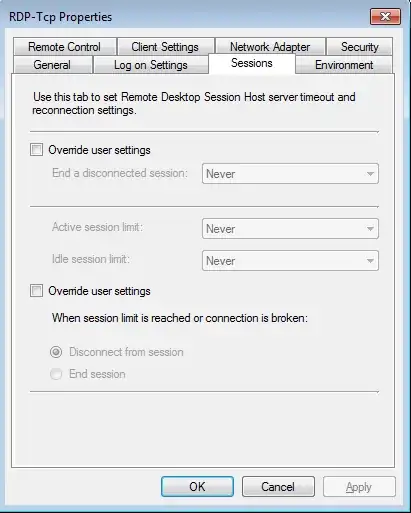I have a DL580 G7 with four E7 4870 and 128gb of RAM installed (eight cartridges with 2x 8gb each). The operation system is Ubuntu 18.04. There is a TITAN X on the pcie16 and the obligatory p410i installed, but no other periphery. When I benchmark this system, I get about 50% of the performance that it should give. For example this is a reference benchmark of a DL580G7 with a slightly weaker CPU (E7 4850) and a otherwise similar setup.
However my system is only able to produce half of the performance in the same benchmark (I get about 980 for the CPU and 20,000 multicore performance). This does not seem to be right.
The benchmark is showing all 80 cores and 128gb of RAM, so the hardware is recognized correctly.
I have already gone through the low latency tuning checklist of HP and changed the BIOS accordingly. The power settings in ILO3 are all on max performance.
Ubuntu is set to the "performance" governor on all 80 cores.
I noticed that even when I put the system under high stress (like crunching numbers on all 80 cores with 100% CPU use for hours) the heat of the CPU's barely changes (they remain at 40 degree) and the fans don't spin up at all (they stay at 40%). The total power consumption displayed in ILO3 goes up to 650 Watts, but I would expect that to be more close to 1KW under stress conditions. I am a bit puzzled by this.
I already tried out different BIOS versions. The original BIOS was a 07/01/2013, which has caused performance issues for other users as well (such reports are found on the internet). So I downgraded it to 12/03/2012 and the problem remains.
Also when I compare the performance of this machine with my previous machine (having an i5 4460) I noticed a drop in single core performance by the factor of four on my applications (on not IO-intensive things like adding large numbers of vectors), which is consistent with the results on the benchmarks, but a drop in single core performance of the factor two would be what I expected. I am only concerned about the CPU performance. AS far as I can see the RAID is doing alright, IO is as expected (but might also suffer due to the diminished CPU performance).
When I do a cat /proc/cpuinfo during stress periods, I see that the CPU's are running at 2,2Ghz.
So far what I didn't yet do is test a different operating system. I am going to do that as soon as I get the opportunity to reboot the machine.
